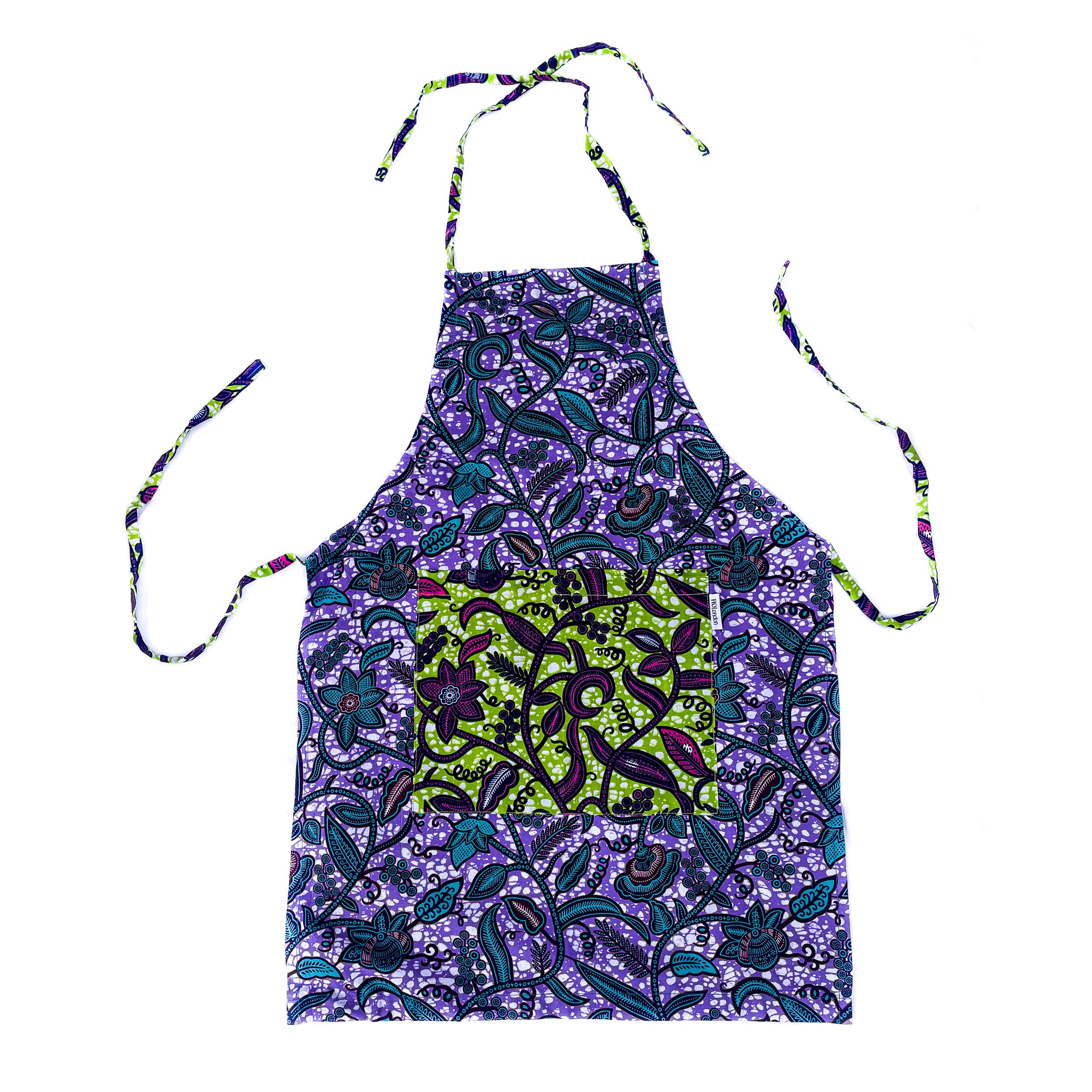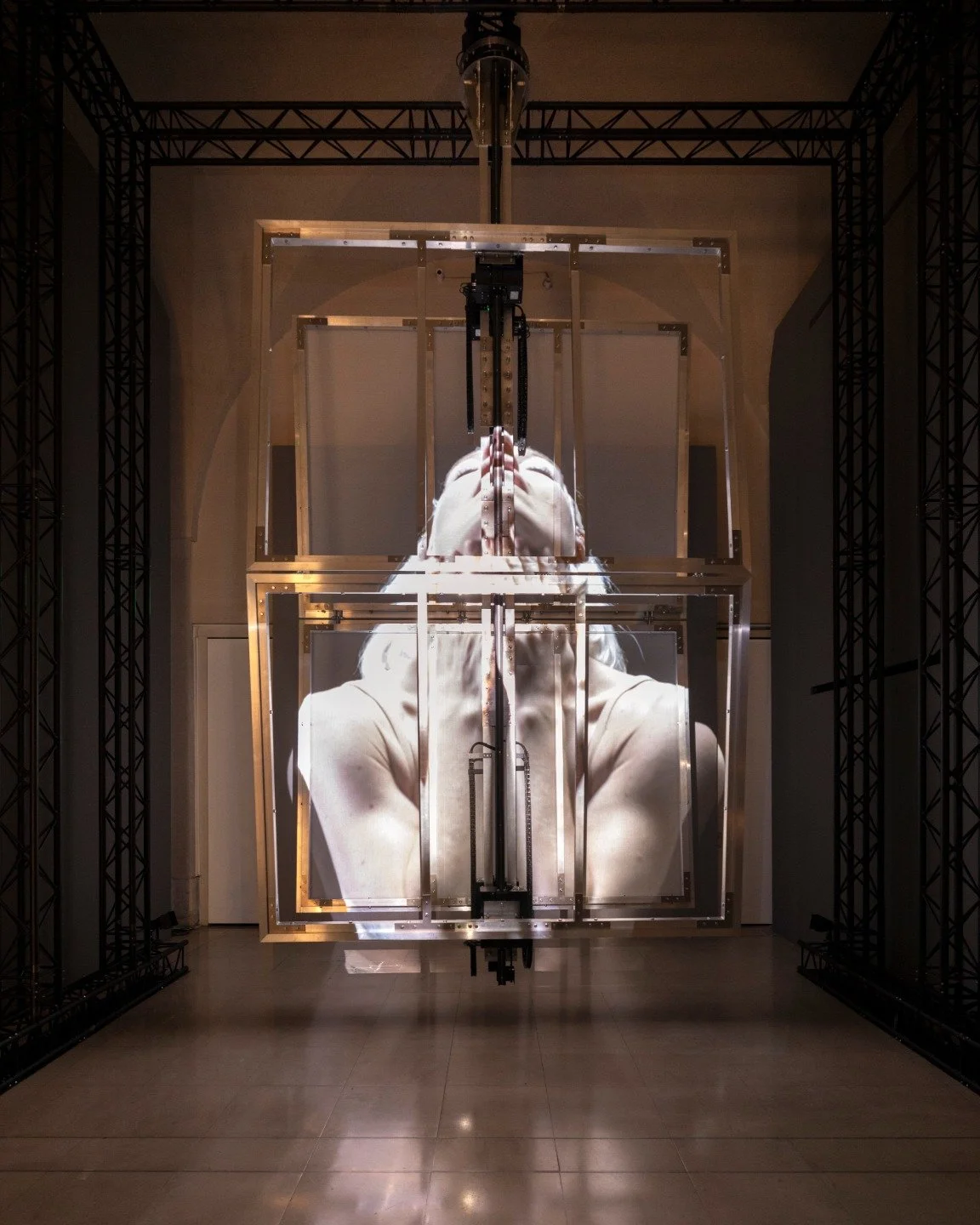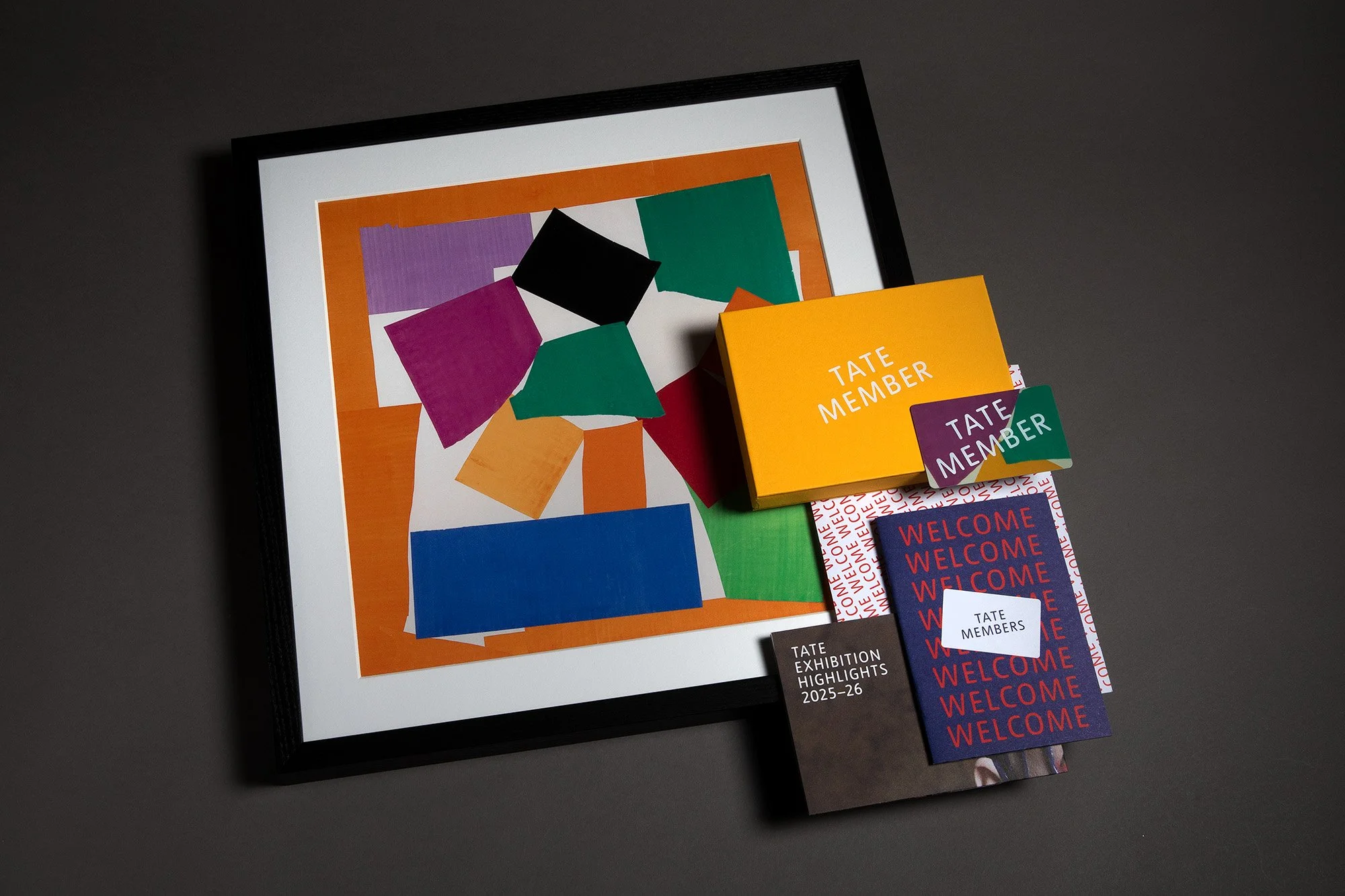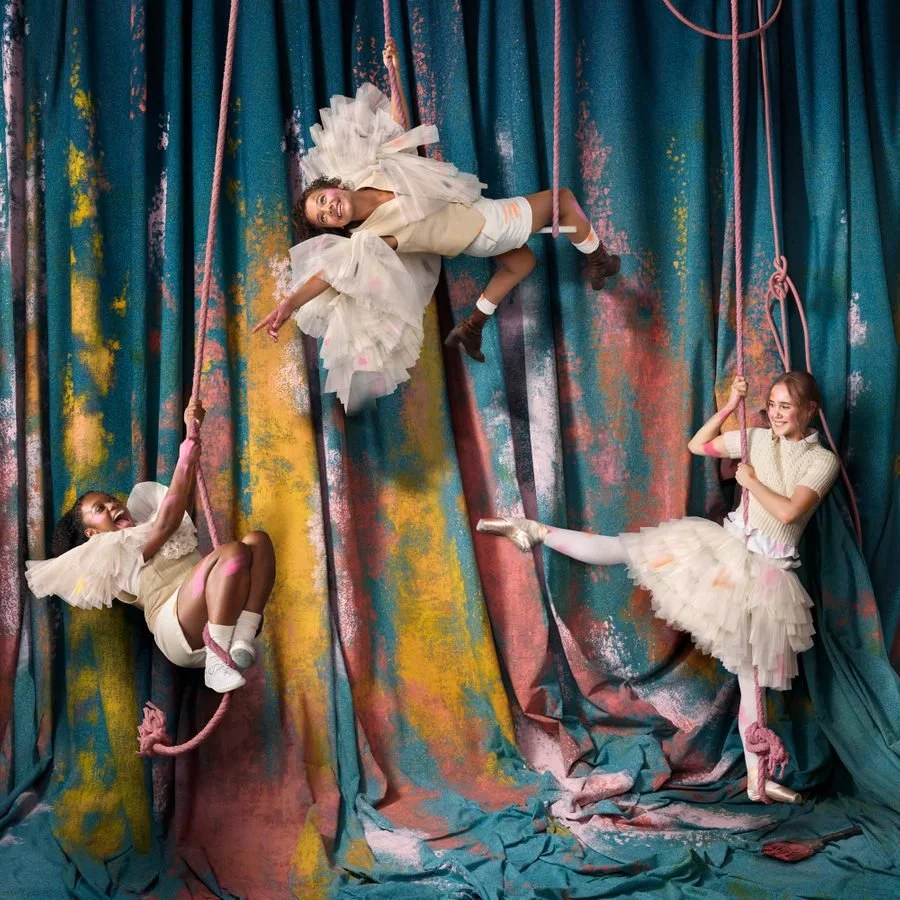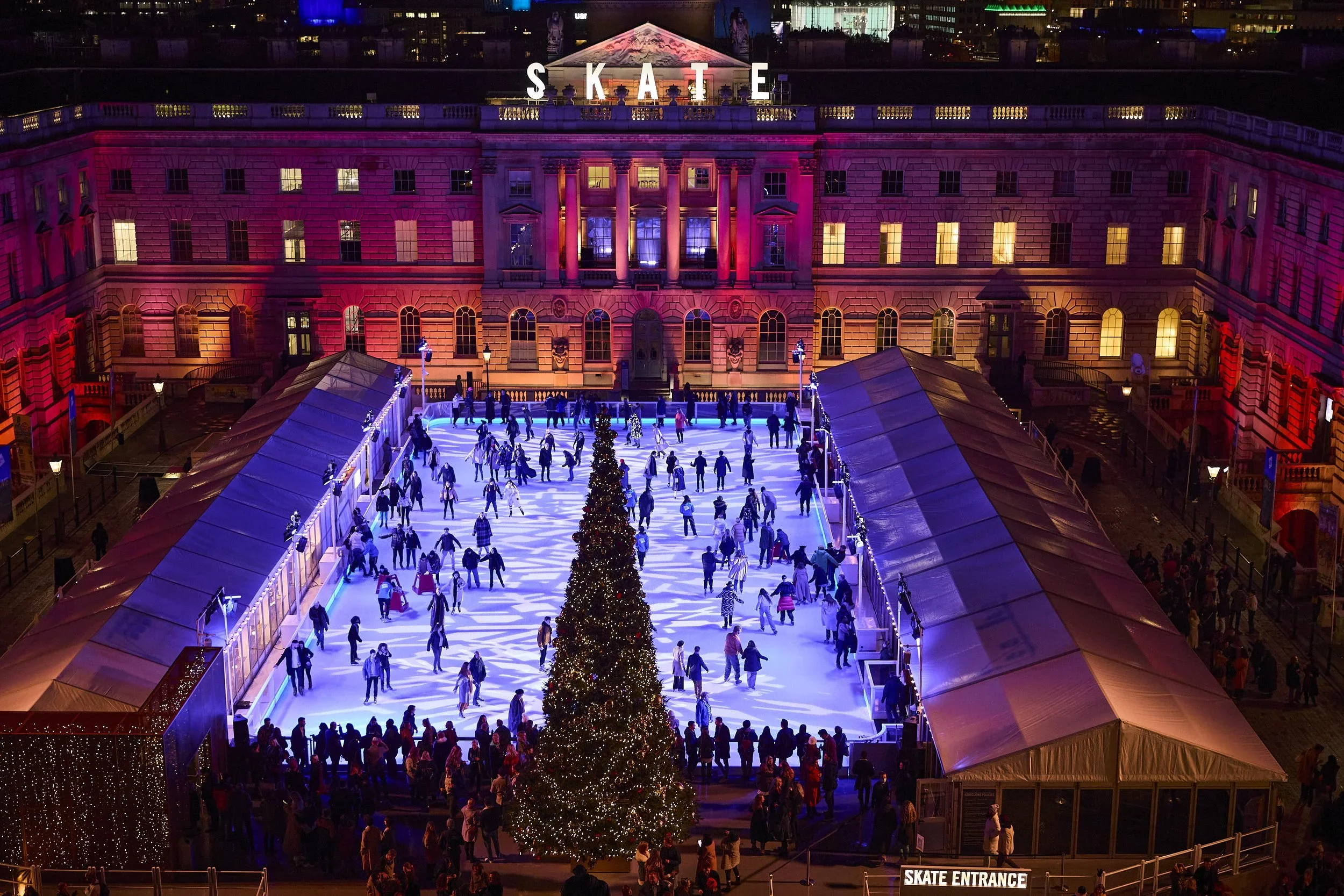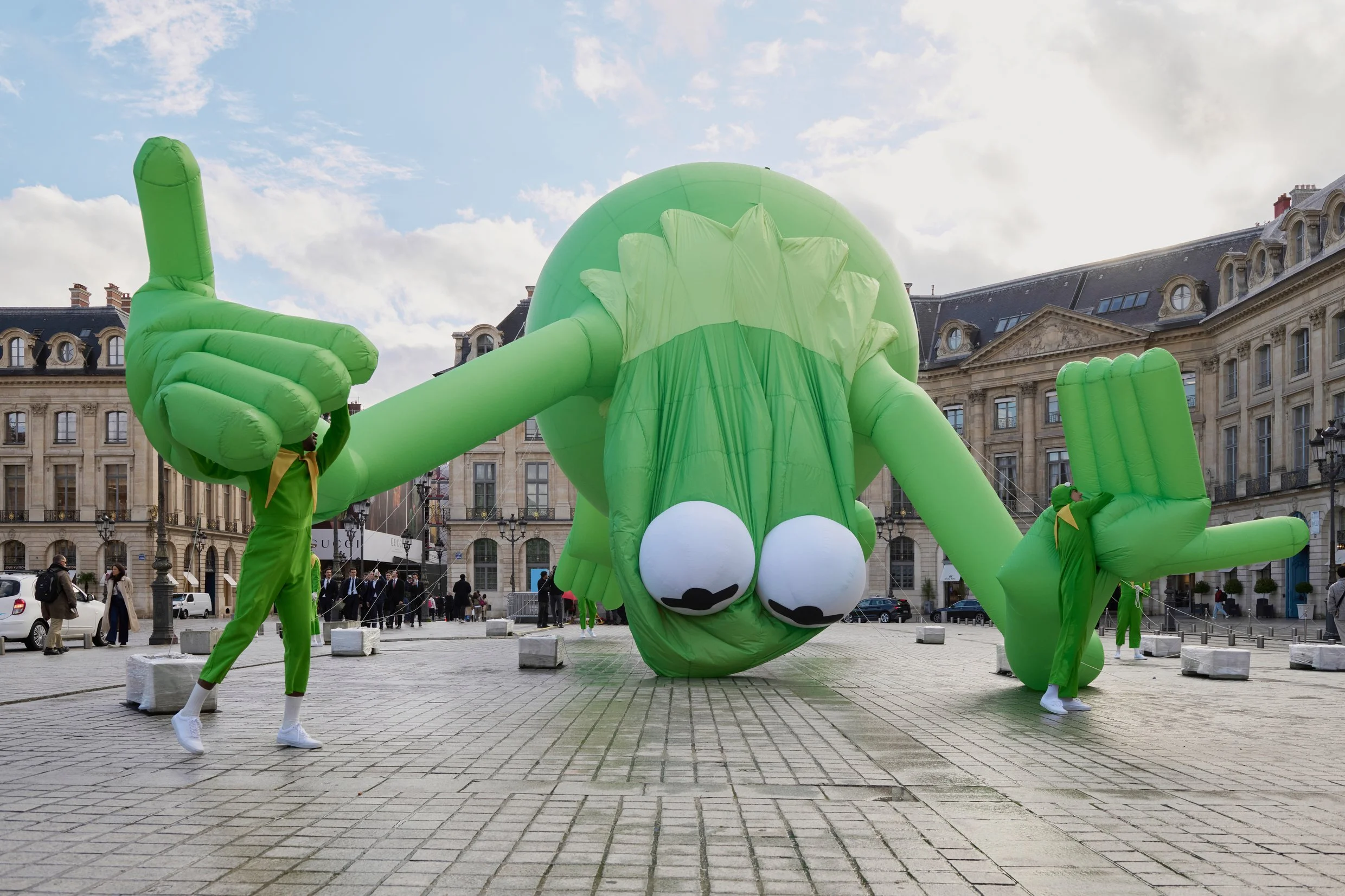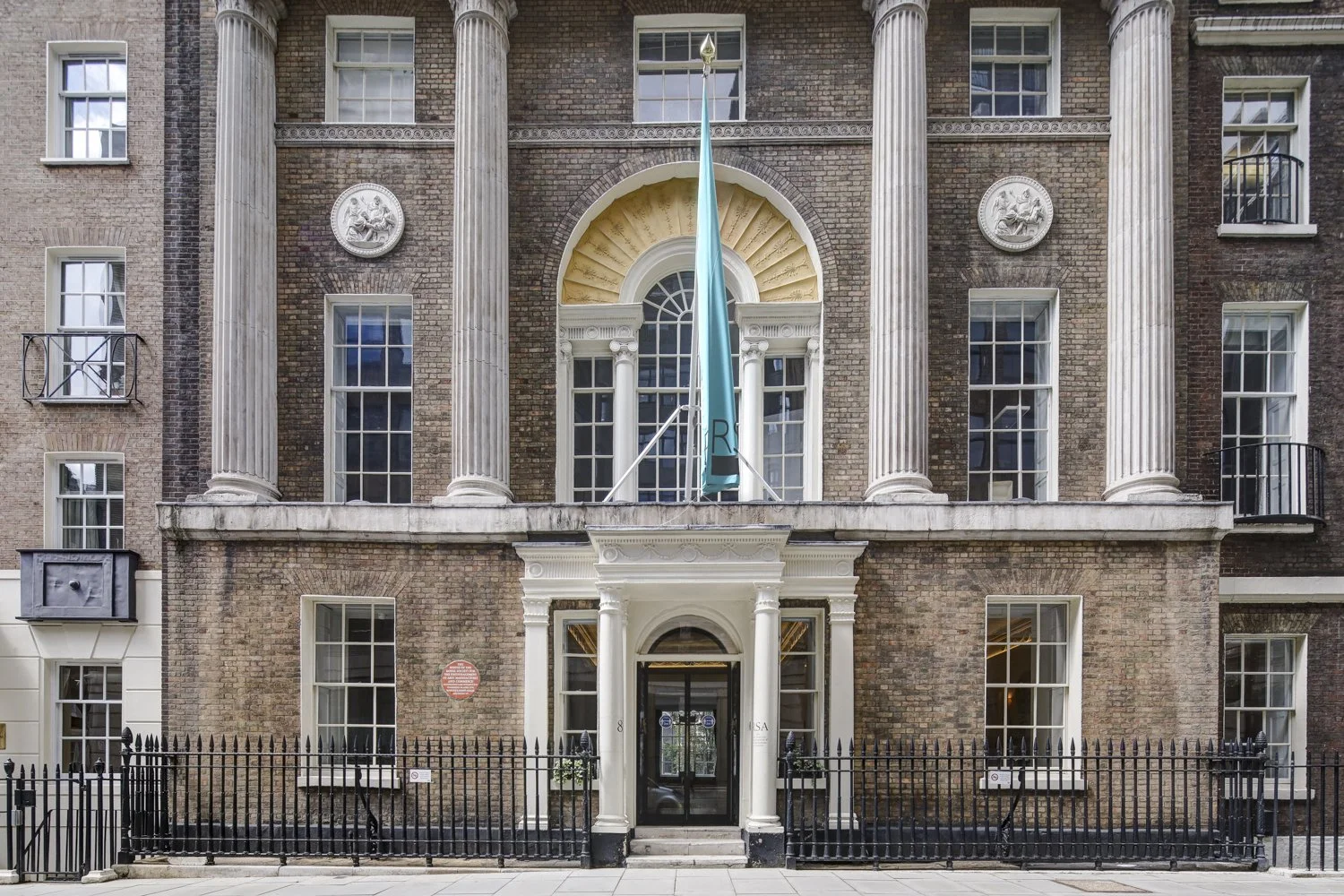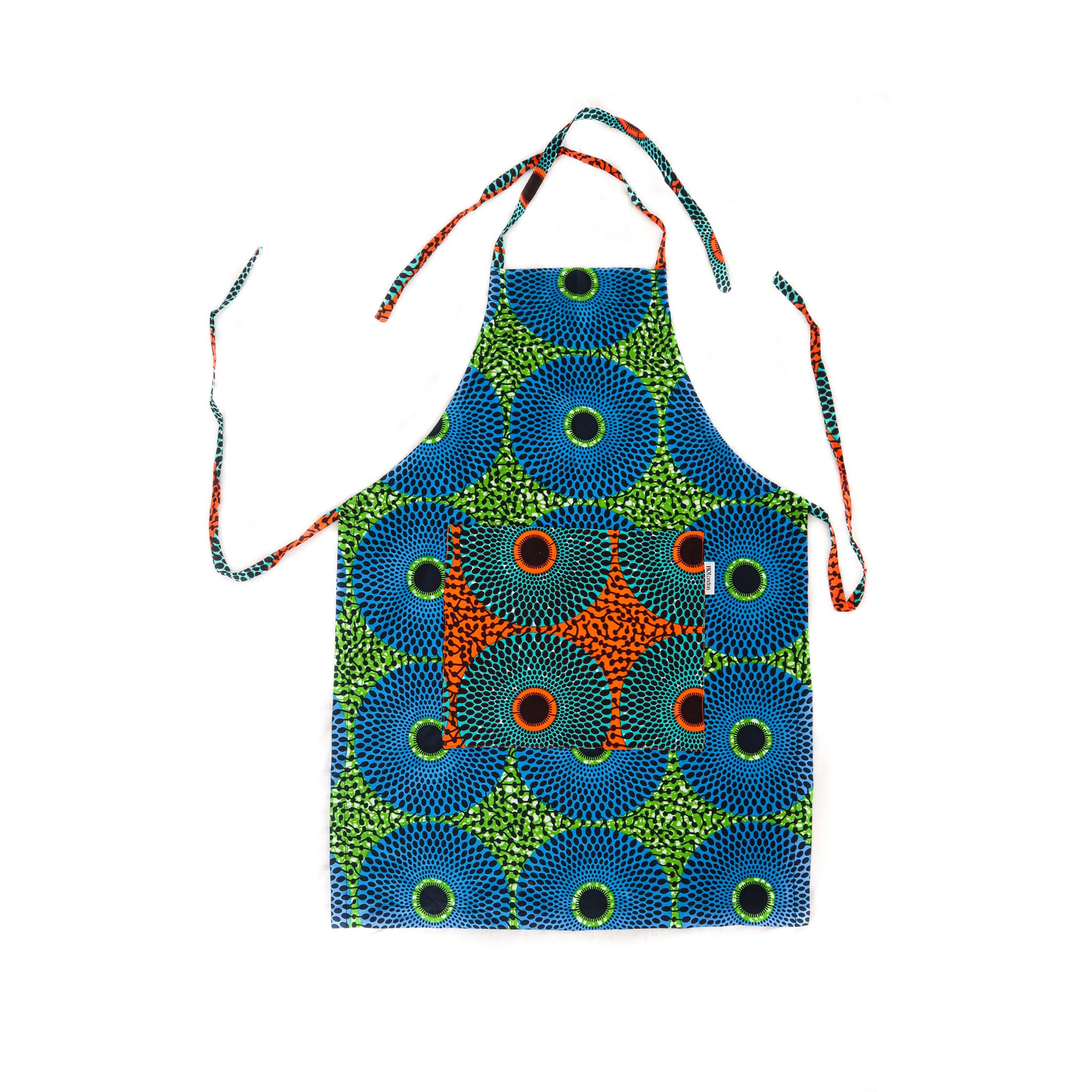How to pick the best seats in London’s most popular theatres
In a city where a night at the theatre is both a tradition and a spectacle, where you sit matters more than you think. London’s West End theatres are filled with architectural quirks, steep balconies, grand boxes, and seating names that shift from venue to venue. If you've ever booked a ticket and wondered, "Is this actually a good seat?" - you're not alone.
This guide breaks down how theatre seating really works in London, going beyond the myths of "closer is better" to help you choose seats that offer the best balance of view, comfort, and value. Whether you're booking for a blockbuster musical, a gripping play, or a surprise date night, understanding how seat types function across London venues will change how you experience the show.
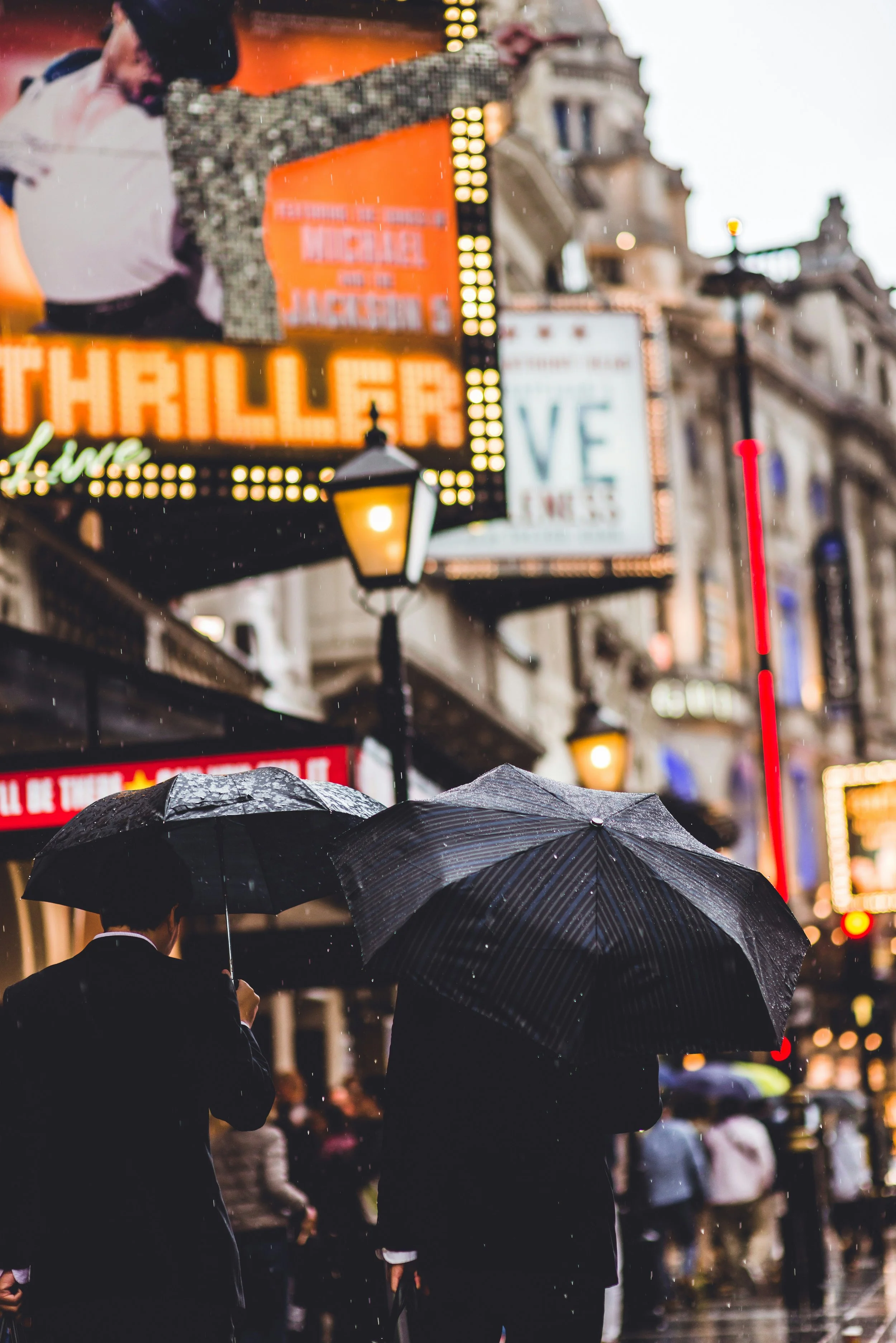
The Many Layers of Theatre Seating - What They Mean in London
Most London theatres use a traditional layout: Stalls at ground level, then one or more Circles stacked above, followed by Upper Circles, Balconies, or Galleries. On the sides or toward the front, you may find Boxes - enclosed mini-sections usually holding two to four seats.
While "Stalls" and "Circle" are common names, they vary slightly across venues. The "Dress Circle" in one theatre might be the "Royal Circle" in another. Upper levels might be called "Grand Circle" or "Gallery." Knowing these terms helps, but always double-check the specific seating plan for the theatre you're attending.
Some spaces - like the Bridge Theatre or Donmar Warehouse - experiment with thrust or in-the-round layouts, but most West End venues follow the proscenium style, with the stage at one end and audience tiers facing it.
Seat Types Explained (with London Examples)
Stalls
These are the ground-level seats, typically closest to the stage. They’re often prized for proximity - especially by fans who want to catch every expression or feel the emotional pulse of the actors. But being close isn’t always perfect.
In some older theatres, the Stalls can have a shallow rake (the slope from row to row), making sightlines more dependent on who’s sitting in front of you. Additionally, an overhang from the Circle above can sometimes block parts of the stage or lighting effects.
Still, centrally placed Stalls seats - especially in rows G to M - are among the most popular because they strike a balance between closeness and perspective.
Dress / Royal Circle
This is the first elevated level above the Stalls. It’s often considered the "sweet spot" for musicals and large productions, offering a clean view of choreography and overall staging. Sightlines here benefit from elevation, so you avoid heads in front of you.
Watch out, though: in some venues, the very front row of the Circle can have a safety rail or ledge that intrudes slightly into your line of sight.
Upper Circle / Grand Circle
Higher up and further back, the Upper Circle is a mix of pros and cons. The rake is usually steep, which helps with sightlines, and tickets here are generally cheaper. The tradeoff? You're further from the stage, so subtle facial expressions or details might be lost. These seats are often great value for visually rich shows or if you're watching on a budget.
Balcony / Gallery
Found in some older or larger theatres, these are the top-most levels. Views can be distant, and the angle steep, which may be uncomfortable for those with vertigo or mobility concerns. But for certain performances, a top-down perspective adds to the spectacle - and the price is usually hard to beat.
Box Seats
Boxes are small, usually side-aligned seating areas offering a private experience. While they give you elbow room and a more intimate setting, the viewing angle is often side-on. This means you might miss some of the stage action or effects depending on the show.
They’re great for pairs or small groups, and particularly charming for romantic evenings, but check reviews or photos first to assess visibility.
Premium & Restricted View
Theatres and ticket sellers often tag certain seats as “Premium,” usually located in prime viewing spots like central Stalls or front Dress Circle. These come at a higher price, but they’re usually worth it for shows with elaborate staging or blockbuster casts.
On the flip side, "Restricted View" seats may be behind pillars, under overhangs, or partially blocked by railings or lighting rigs. They’re usually discounted and can still offer good experiences - if you know what the obstruction is. For real-world photos and reviews of specific seats, the SeatPlan London Theatre Seating Guide is a solid resource.
What Makes a Seat "Best"
It really depends on what you value. Here's what to consider:
Sightlines & Overhangs: Elevation and angle can matter more than how close you are. A seat at the back of the Dress Circle may give you a better view than the fifth row of the Stalls.
View vs. Immersion: Want to catch every actor's expression? Opt for mid Stalls. Want the full sweep of the stage, lights, and choreography? Try the Dress Circle.
Comfort & Access: Some theatres have very tight legroom in upper levels. If that’s a concern, choose aisle seats or lower levels.
Budget vs. Experience: A mid-priced seat in the Circle can sometimes beat a cheaper Stalls seat under an overhang.
Venue-Specific Tips & London Theatre Nuances
Every theatre is different. For example:
At the Sondheim Theatre, some rear Stalls seats are affected by an overhang that blocks the top of the Les Misérables barricade set.
The Apollo Victoria has an enormous stage, and views from the mid-Dress Circle are often better for Wicked’s flying scenes.
Gillian Lynne Theatre (home of School of Rock, now Crazy for You) has a steep rake in the Stalls, improving views even from the back.
Interactive seat maps and user-uploaded photos can help you navigate these quirks. SeatPlan’s London guide compiles these insights across dozens of venues.
Quick Recommendations by Priority
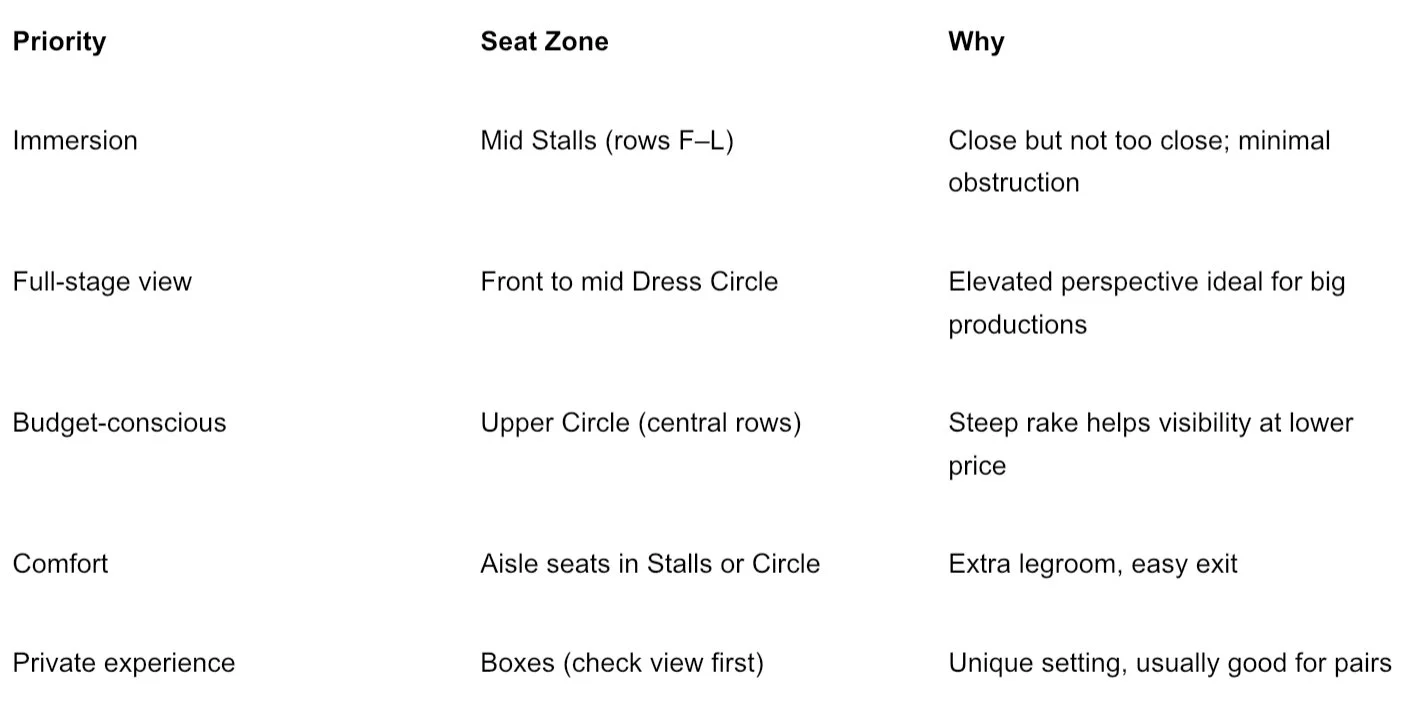
Common Seat Selection Mistakes
Picking the front row in Stalls expecting the best view (you may miss higher stage elements)
Buying side seats without checking if they’re angled toward the stage
Ignoring overhang notices, especially for tech-heavy shows
Not reading user reviews or checking photos
There’s no universally "best" seat in a London theatre - only the best one for your priorities. Whether you want to feel every beat of the orchestra or take in the entire spectacle from above, knowing how the seat types work helps you get more out of every ticket.
From the joys of Christmas at Kew to the lively Smithfield meat auction, and from major concerts and ballets to intimate workshops and family-friendly trails, the city offers an extraordinary mix of experiences. This guide brings together the very best of Christmas in London…
This guide highlights some of the must-see art exhibitions to visit over the festive period in London, including the days between Christmas and New Year’s. From major retrospectives of international masters such as Kerry James Marshall, Wayne Thiebaud, and Anna Ancher, to engaging contemporary works by Danielle Brathwaite-Shirley, Jennie Baptiste, and Tanoa Sasraku…
London’s cultural scene, a gallery or museum membership is the perfect alternative to another pair of socks. From unlimited access to exhibitions and exclusive events to discounts in shops and cafés, these memberships offer experiences that can be enjoyed throughout the year, while also supporting the vital work of arts organisations…
Your guide to London’s can’t-miss events this week, 17–23 November 2025, from Cabaret Voltaire live at ICA to Ballet Shoes at the National Theatre and The Evolution of UK Jazz at the Barbican…
Charlotte Winifred Guérard is a London-based artist and recent graduate of the Royal Academy of Arts School, where she was recognised as a Paul Smith’s Foundation scholar for her artistic achievement. Her work has been exhibited at the Royal Academy, Coleman Project Space, Fitzrovia Gallery, Messums and Palmer Gallery, and she has completed prestigious residencies including…
This week in London, you can enjoy festive ice skating, Christmas lights, jazz and classical concerts, and a range of art exhibitions. Highlights include Skate at Somerset House, Christmas at Kew, the EFG Jazz Festival, and the Taylor Wessing Photo Portrait Prize 2025…
From the 6th to the 9th of November, the leading West African art fair Art X Lagos celebrates its 10th birthday at the Federal Palace on Victoria Island. Founded by Tokini Peterside-Schwebig in 2016, the fair has become an unmissable event in the global art calendar, attracting galleries from over 70 countries and participants from 170 countries since its launch…
If you’re after something bold, queer and completely uncategorisable this November, you need to know about KUNSTY, the Southbank Centre’s brand new four day performance series running from 5-8 November 2025…
London’s most beloved Christmas activity is back. As festive cheer returns to the city, with twinkling lights and the scent of mulled wine drifting through the air, for many Londoners and visitors from further afield, nothing quite captures the spirit of the city at Christmas like strapping on a pair of skates and stepping onto the ice…
As the crisp autumn air settles over London, the iconic gardens of Berkeley Square are once again hosting one of the most anticipated gatherings in the art and antiques world: the LAPADA Fair 2025, running from 28 October to 2 November…
November is a lively time to be in London, with the festive season in full swing and the city buzzing with events. From skating at Somerset House to Christmas lights switch-ons and festive markets like the Southbank Centre Winter Market, there are plenty of ways to embrace the holiday spirit. Beyond the seasonal festivities, London’s cultural calendar is brimming with art, music, and performance…
As far as weekend getaways go, this 70-acre estate offers a peaceful country escape with all the best elements of a traditional hotel experience. Staffordshire, arguably, is not yet on the map for luxury and leisure but set in the heart of the beautiful Staffordshire Moorlands, The Tawny surely is a beacon of things to come…
Art Basel Paris returns to the Grand Palais for its second edition from 24–26 October 2025, bringing together 206 leading galleries from 41 countries and territories. Below is our guide to seven artists not to miss at this year’s edition, each presenting distinctive work through their galleries…
Art Basel Paris 2025’s Public Programme turns the city into a stage for contemporary art, placing bold, large-scale works in streets, courtyards, and cultural landmarks - all free to visit. From a dreamy opera of 30 surreal figures at Palais d’Iéna to a colossal Kermit the Frog balloon looming over Place Vendôme, here is our guide to five standout works from the Art Basel Public Programme that you simply cannot miss…
Frieze London 2025 returns to Regent’s Park with a dynamic mix of emerging and established galleries, reaffirming the city’s creative pulse. Highlights include Esther Schipper’s dreamlike works by Sarah Buckner, Gagosian’s vibrant installation by Lauren Halsey, and Pace’s meditative paintings by William Monk. From Do Ho Suh’s ethereal fabric architectures at Lehmann Maupin…
Paris launches into its own spectacular celebration of art each October, transforming the city into a hub for collectors, curators, and cultural enthusiasts. From the grandeur of Art Basel Paris at the newly renovated Grand Palais to the focused energy of Paris Internationale, OFFSCREEN, AKAA and Menart, each fair contributes something unique to the city’s vibrant art scene.
British Ceramics Biennial is back and better than ever. Running until 19 October 2025, the dynamic programme of free exhibitions, screenings, talks and events is proving a hit with both locals and critics…and just an hour and a half’s train away from London, it’s well worth a day trip…
Echoes of Migration is the flagship summit to launch new not-for-profit platform Art Voyage this autumn. Echoes of Migration officially inaugurates Art Voyage’s innovative, itinerant cultural programme…and gears us up for what is in store for the Art Voyage Biennial….
Betty Ogundipe (b. 2001) is a multidisciplinary artist of Nigerian heritage whose work explores resilience, femininity, and the power of love and resistance. Her debut solo exhibition, LOVE/FIGHT at Tache Gallery…
The V&A’s Marie Antoinette Style, sponsored by Manolo Blahnik, is being hailed as the first landmark exhibition in the UK devoted to France’s most infamous Queen of Fashion. It is a glittering journey through silk, flamboyance and legacy….
Malta is fast becoming one of the Mediterranean’s hottest destinations, offering sun-soaked beaches into October, a thriving arts and culture scene, and stunning architecture and landscapes…
This October in London offers everything from Frieze and the BFI Film Festival to Peggy Gou, the London Literature Festival, and Halloween at Kew.
From The Phoenicia Hotel and Iniala Harbour House, Valletta showcases some of Malta’s finest hotels, ranging from landmark luxury where royalty once danced to boutique hideaways filled with Maltese art…
Discover the best restaurants in Malta, where to eat, drink and enjoy authentic Maltese food and Michelin-star dining…
October is the month for art in London, thanks to Frieze and several other art fairs taking place across the city. There will be a significant programme of shows across the capital’s galleries and institutions. Notable openings include Cosima von Bonin’s Upstairs Downstairs at Raven Row, examining 35 years of work through objects, characters, and early pieces unseen for more than a decade; Wolfgang Tillmans’ Build From Here at Maureen Paley, and Arthur Jafa’s first exhibition at Sadie Coles HQ…
This week in London, explore modern and contemporary art at the British Art Fair, experience couture drama with LACRIMA at the Barbican, celebrate heritage at the Chelsea History Festival, enjoy a decade of dance with Acosta Danza at Sadler’s Wells, and step into Shakespeare’s world with Hamlet at the National Theatre…
With just 100 days to go until Christmas, London’s West End is preparing for the festive season. Carnaby Street and Covent Garden have confirmed their 2025 Christmas lights switch-on dates, signalling the start of celebrations across the capital…
Ladbroke Hall has been a fixture in Notting Hill since 1903, when it opened as the Clément-Talbot car showroom, Britain’s first purpose-built car factory. Designed to resemble an English country house, the building has since served a variety of roles, from producing military vehicles during the First World War to housing Thames Television in the 1980…
An essential guide to Ibiza, from modern art at MACE and Museo Puget, to cliffside dining at Amante and farm to table dining at Juntos House, iconic nightlife at Pacha and Ushuaïa, and serene luxury at Soho Farmhouse Ibiza…
